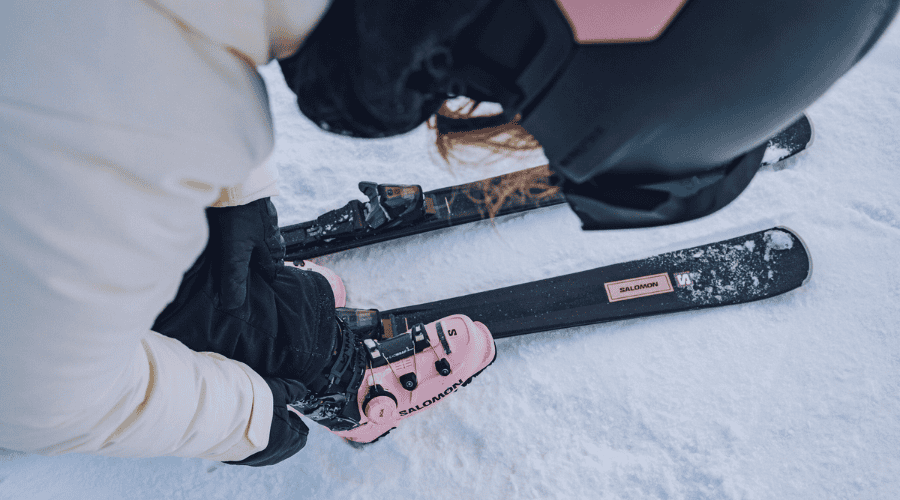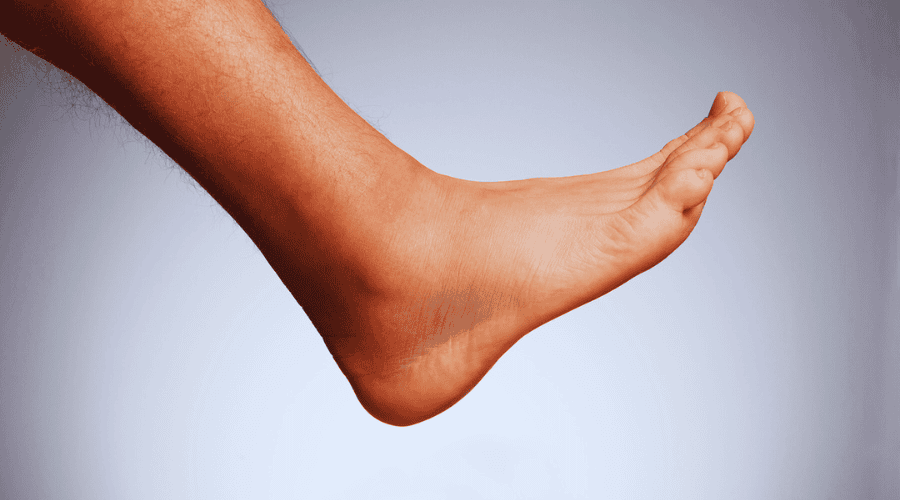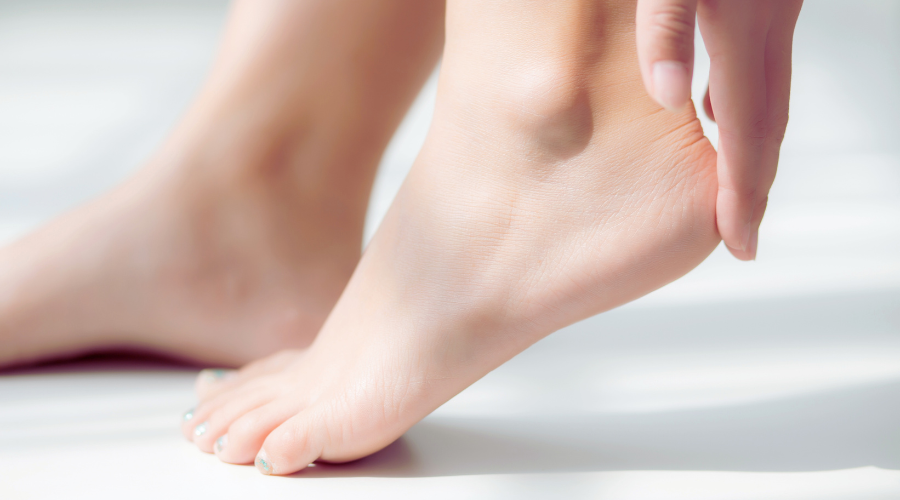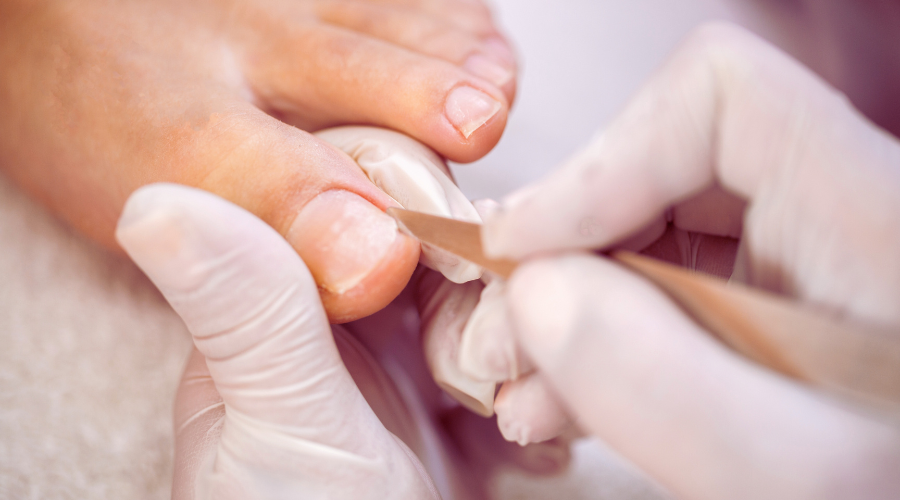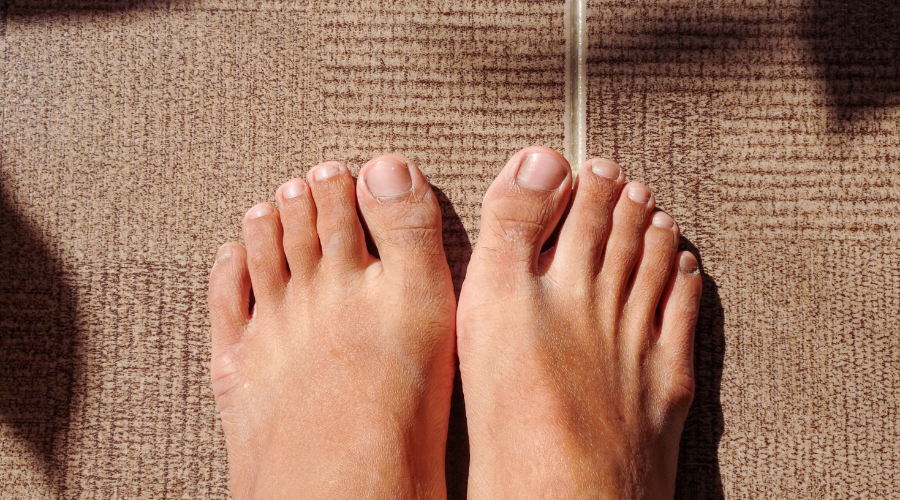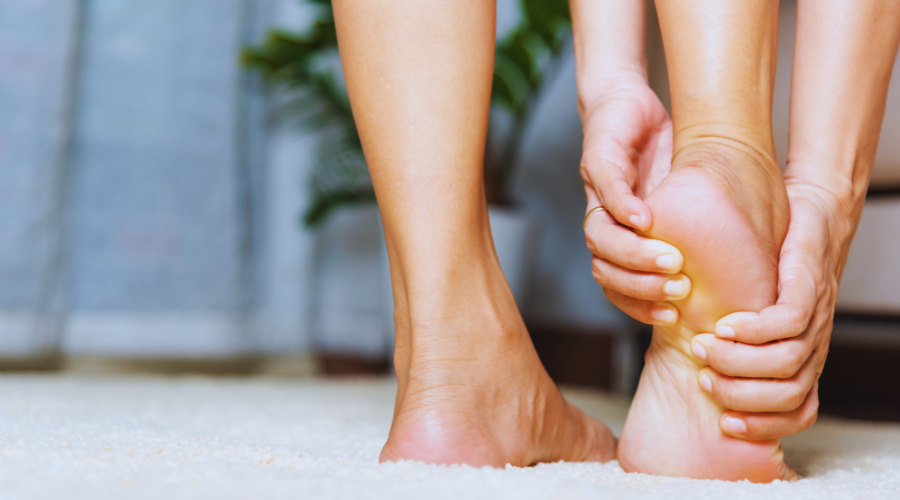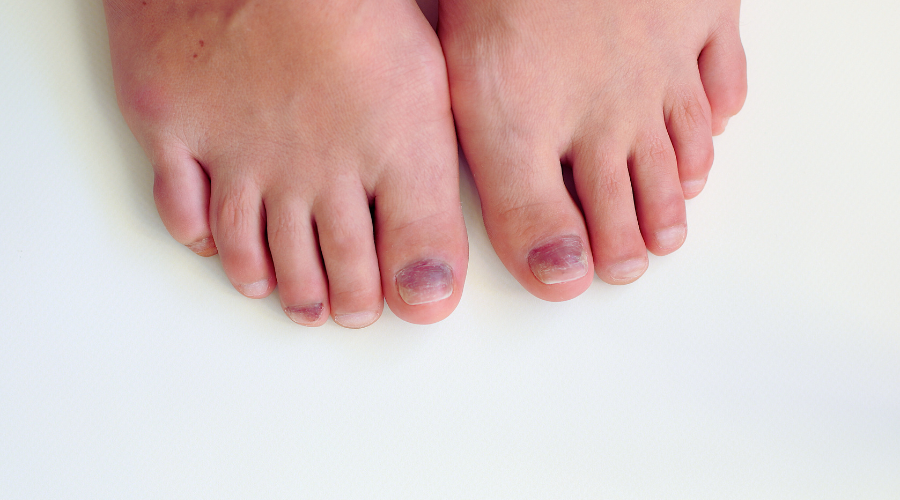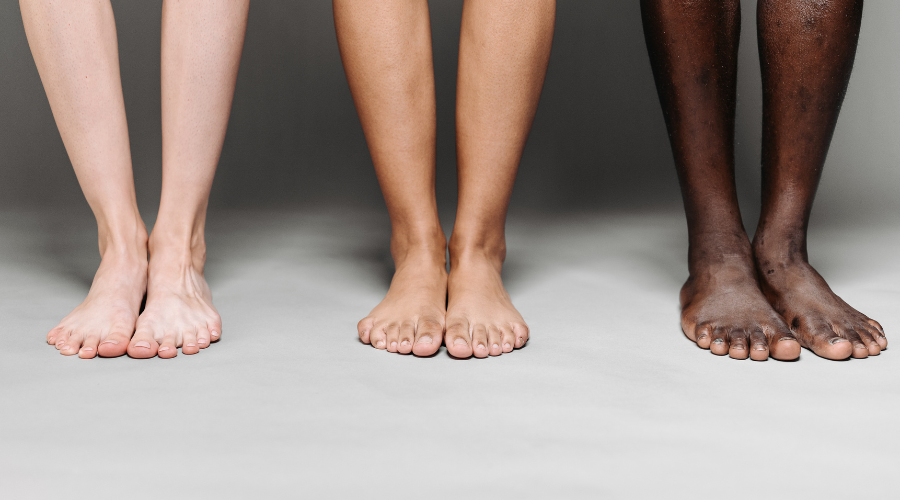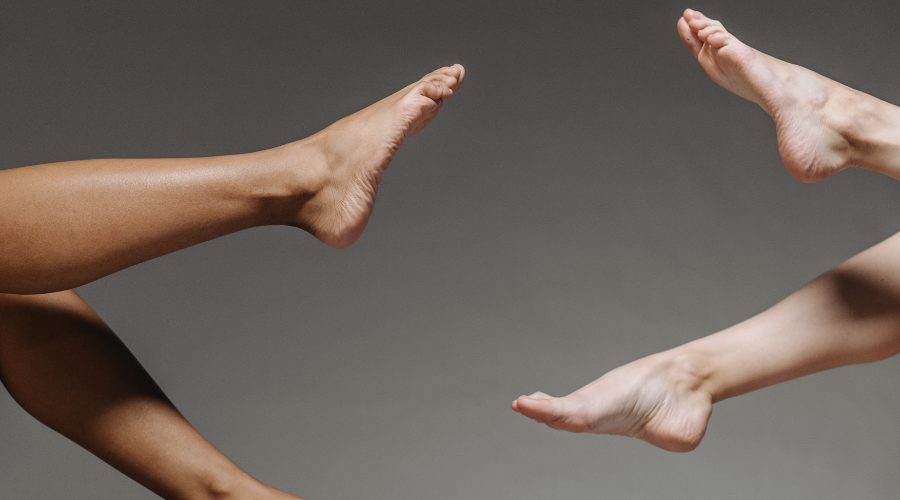Christian Louboutin is known for saying, “High heels are pleasure with pain,” but that could not be more further from the truth. When it comes to shoes we know that they are the number one culprit of foot pain, with approximately 71% of patients who own high heels saying their shoes hurt their feet.
As Sydney podiatrists, we know the potential for foot and ankle problems that often arise when patients wear high heels. Bunions, hammertoes, metarasalgia, corns, calluses, ankle sprains, ingrown toenails, and neuromas are all conditions that we treat that are a direct result of – or at least exacerbated by – tightly fitting high heels. As much as we may tell our patients to avoid high heels at all costs we know that most of our patients, once they are out of our clinic, will continue to purchase and wear high heels.
With that in mind, here are a few tips on how to find high heel shoes that are comfortable and will help to avoid complications.
Perfect Fit
No matter what type of shoe, well-fitting shoes are always the best. In regards to high heels, this couldn’t be any more important. High heels, however, differ from other shoes when it comes to sizing. With other shoes, such as runners or sandals, heel-toe size is important. However, when looking at high heels, heel to ball measurement is what you should look at.
This is important because if the arch length of the shoe is too short, you will end up putting all your weight on your big toe and the front part of your foot.
 Another problem is when there is too much space in the toe box compared to your feet. We are always surprised when we try on shoes in the store how comfortable they are until we wear them outside. There are no hills in the store, only flat carpeted surfaces. With that much space in the toe box, when we walk downhill or try to move too quickly like running for the train or bus, it’s not surprising that our feet slide forward in the shoe. The height of the heel combined with the extra space in the front of the shoe makes it easy to push the foot forward. We call this volume mismatch.
Another problem is when there is too much space in the toe box compared to your feet. We are always surprised when we try on shoes in the store how comfortable they are until we wear them outside. There are no hills in the store, only flat carpeted surfaces. With that much space in the toe box, when we walk downhill or try to move too quickly like running for the train or bus, it’s not surprising that our feet slide forward in the shoe. The height of the heel combined with the extra space in the front of the shoe makes it easy to push the foot forward. We call this volume mismatch.
Volume mismatch will always produce heel slippage, even if you apply heel grips to the back of your heels. It will also cause foot compression, as the front part of your foot slips forward to the tapered part of the toe box instead of the widest part of the shoe. This can result in hammertoes due to your toes gripping in an attempt to reduce the sliding. Increased foot compression can exacerbate existing bunions or cause neuroma. Loss of support under the ball of your feet can also lead to metatarsalgia.
Shoe sales are your arch-enemy

Due to the design of shoes, an exact fit is necessary and patients shouldn’t settle for less. The arch-enemy of well-fitting shoes is usually the sales rack. Let’s be honest, we’ve all been there before. When we see an attractive pair of shoes on sale but they are just one size too small. Instead of leaving those shoes behind we proceed to voluntarily purchase our future torture devices. Patients need to remember that they will only pay the price later with an otherwise avoidable foot injury.
Make sure that your foot touches as much surface area inside the shoe. The more area you have contact with, the more support you will have. Shoes with straps are always good as they as they keep the foot centered in the shoe and prevent it from sliding forward into the narrower toe box section of the shoe.
Stability is important
One thing we never do when we buy shoes is turn the shoe upside down and have a look at the outsole. The outsole width is frequently overlooked but it is crucial to proper fit and comfort when one wears a high heel. Many high heel outsoles taper in at the waist and this is where midfoot support is needed the most. If the waist of a high heel significantly hourglasses in this area, gait will be unstable and the foot will fatigue more quickly due to a lack of support. Often, the difference between comfortable and non-comfortable high heels is the width of the outsole. When you are in the store buying shoes always have the look at the sole.
Make sure your high heels are always perpendicular to the ground. Some high heels are pitched forward which make the heel more unstable and at risk of breaking. The more vertical you are in the heel, the better stability you will have.
Podiatrists are always your best friends
If you are unsure about your feet and what shoes to wear, you can always talk to your podiatrist. Our Sydney podiatrists are full of foot and footwear knowledge to provide to their patients. We can also help modify your shoes by adding different types of supportive padding or even stretching them for patients who may have bunions and hammertoes.
For patients who require functional support in the form of an orthotic, we recommend the Superfeet DELUX Women’s 3/4 HiGH HEEL orthotic which can easily fit into high heels.
Armed with these tips we hope that patients will be able to find shoes that not only look nice but are comfortable and pain-free.
Patients should note that if you are experiencing any chronic pain whilst wearing shoes we recommend seeing one of our podiatrists in Sydney for further assessment and treatment.



